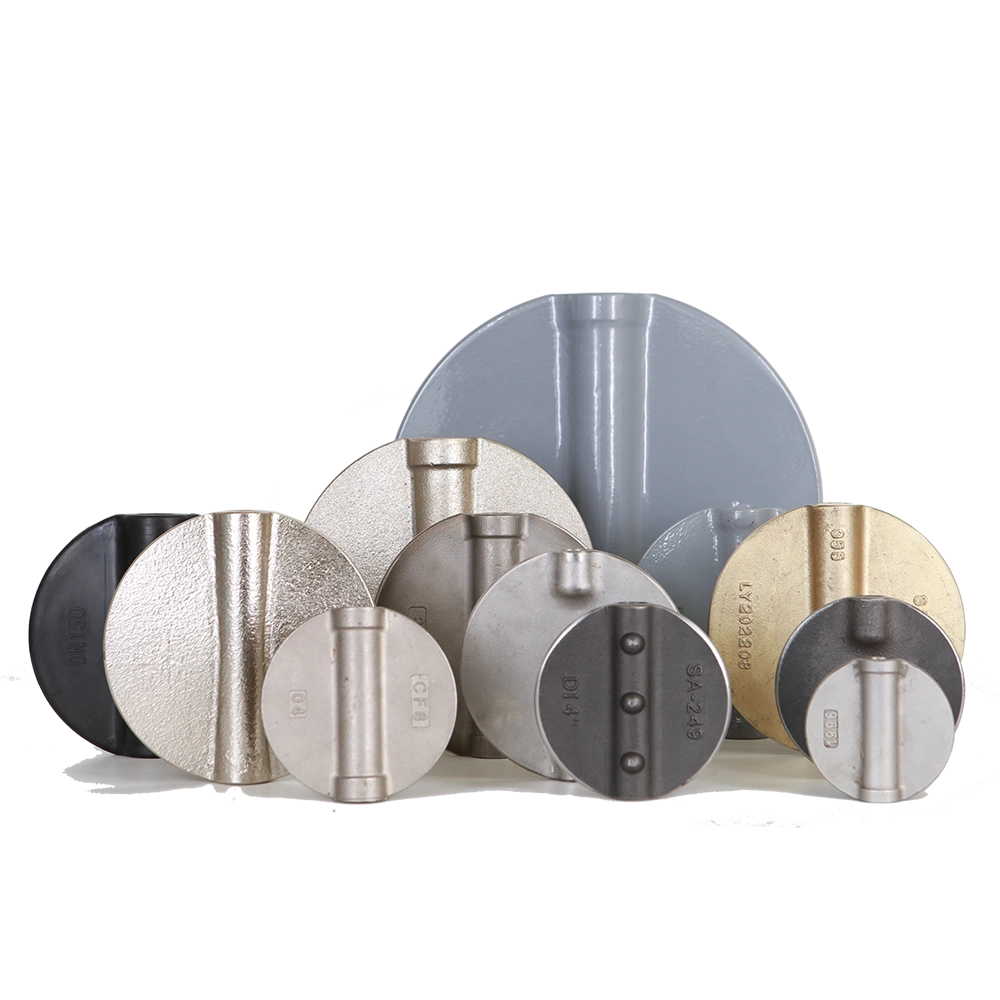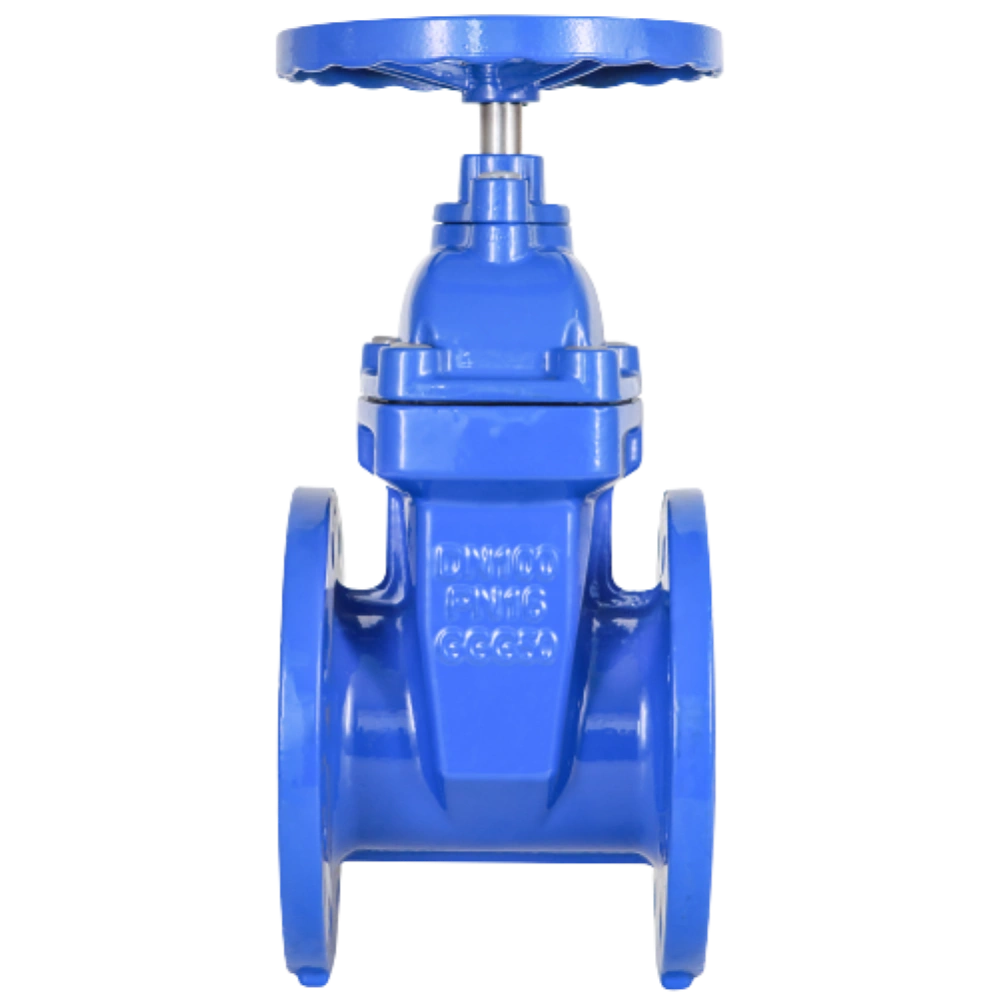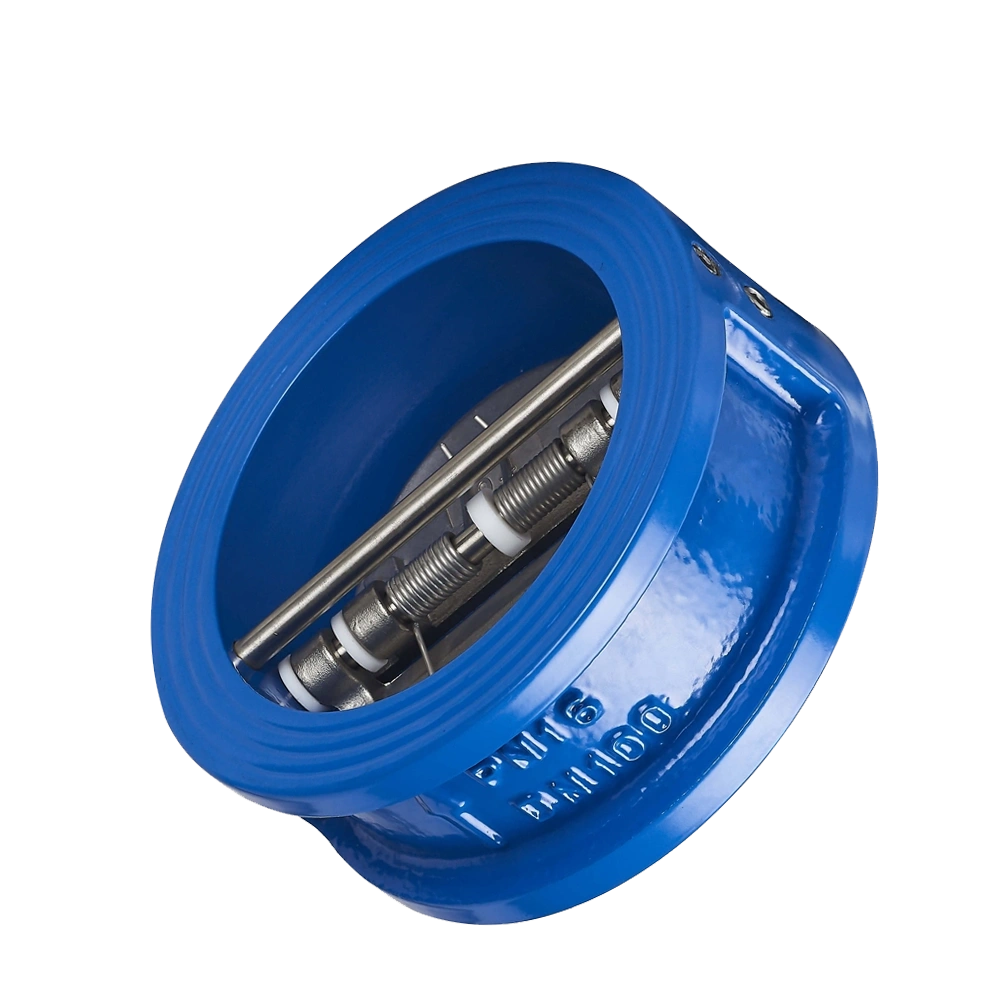Butterfly valves are critical components in various piping systems, and understanding their pressure units is essential for proper selection and application. These units are categorized into nominal pressure (design pressure at a reference temperature) and actual pressure (working pressure under real conditions). They align with different standards, such as European (EN), Chinese (GB), American (ANSI/ASME), and Japanese (JIS) systems. This guide explores the valve pressure units conversion—PN, Class, K, MPa, bar, psi, and kg/cm²—along with their conversions, ensuring clarity for engineers, technicians, and industry professionals.
1. Types of Pressure Units for Butterfly Valves
Pressure units for butterfly valves fall into two main categories:
- Nominal Pressure: Includes PN (European/Chinese), Class (American), and K (Japanese), representing the valve’s design pressure capacity at a specific reference temperature.
- Actual Pressure: Includes MPa, bar, psi, and kg/cm², describing the valve’s working pressure under real operating conditions.
Below, we break down each unit, its definition, applications, and characteristics.
1.1 Nominal Pressure Units
1.1.1 PN (Nominal Pressure)
- Definition: PN, or Nominal Pressure, indicates the maximum allowable working pressure of a valve at a reference temperature (typically 120°C for European standards, 100°C for Chinese standards). It’s a design reference value tied to the mechanical strength of pipeline components, not an actual measured pressure. PN is widely used in European and Asian standards (e.g., ISO, DIN, GB).
- Unit: Expressed in bar (1 PN ≈ 0.1 MPa). Common ratings include PN6, PN10, PN16, PN25, and PN40.
- Characteristics: PN accounts for material strength and temperature effects. As temperature increases, the actual pressure capacity decreases. For example, a PN40 valve may only withstand approximately 2.5 MPa at 200°C.
- Application: Used in valve labeling to indicate design pressure, ensuring compatibility with piping systems.
1.1.2 Class (American Standard Pound Rating)
- Definition: Class represents nominal pressure in the American ANSI/ASME system, based on the allowable working pressure at a specific temperature (e.g., 425.5°C or 454°C, with 150LB at 260°C). It’s expressed in psi.
- Common Ratings: Class 150, Class 300, Class 600, etc.
- Conversion: Conversion to PN or MPa depends on temperature. At ambient conditions, Class 150 ≈ 2.0 MPa, Class 300 ≈ 5.0 MPa, but at 425.5°C, Class 300 drops to about 2.1 MPa.
- Characteristics: The American system uses a temperature-pressure framework, meaning pressure capacity decreases with rising temperatures. Direct conversion based solely on pressure values is not accurate.
- Application: Common in American-standard butterfly valves, ensuring compliance with ASME B16.34.
1.1.3 K (Japanese Standard Pressure Rating)
- Definition: Used in Japanese JIS standards, K represents nominal pressure in kg/cm². Common ratings include 10K and 20K.
- Conversion: 1K ≈ 0.1 MPa. For example, 10K ≈ 1.0 MPa.
- Characteristics: K values are based on ambient temperature, with pressure capacity decreasing at higher temperatures.
- Application: Used in Japanese-standard butterfly valves, similar to PN in function.
1.2 Actual Pressure Units
1.2.1 MPa (Megapascal)
- Definition: MPa is a metric unit (1 MPa = 10⁶ Pa) that measures the force per unit area, used to describe the actual working pressure of pipelines, valves, or equipment.
- Conversion: 1 MPa ≈ 10 bar ≈ 10.197 kg/cm² ≈ 145 psi.
- Application: Commonly used in Chinese standards to indicate butterfly valve working pressure, e.g., 1.0 MPa ≈ 10 kg/cm², 2.5 MPa ≈ 25 kg/cm². It’s essential for engineering calculations and real-world conditions.
1.2.2 bar
- Definition: A universal pressure unit where 1 bar = 0.1 MPa, closely tied to PN in European systems (1 PN = 1 bar).
- Application: Frequently used alongside PN in valve labeling, e.g., PN16 = 16 bar.
1.2.3 psi (Pounds per Square Inch)
- Definition: An imperial unit where 1 psi ≈ 0.00689 MPa ≈ 0.0689 bar, used in American standards to describe actual pressure.
- Application: Paired with Class ratings in American butterfly valves, e.g., 150 psi ≈ 1 MPa (Class 150 at 260°C).
1.2.4 kg/cm² (Kilogram-force per Square Centimeter)
- Definition: A non-standard but widely used unit in China, where 1 kg/cm² ≈ 0.098 MPa ≈ 1 bar. It’s often referred to as “kilograms” for pressure.
- Application: Used to describe the actual working pressure of butterfly valves, e.g., 10 kg ≈ 1.0 MPa.
2. Converting Pressure Units for Butterfly Valves
Converting between pressure units requires careful consideration of operating conditions (e.g., temperature) and standard systems (nominal vs. actual pressure). Below are the conversion relationships and key considerations for PN, MPa, bar, psi, kg/cm², Class, and K.
2.1 Basic Conversion Formulas (Ambient Temperature, ~25°C)
The following are approximate conversions at ambient temperature, ignoring temperature effects:
- 1 MPa = 10 bar = 145 psi = 10.197 kg/cm²
- 1 bar = 0.1 MPa = 14.5 psi = 1.0197 kg/cm²
- 1 psi = 0.00689 MPa = 0.0689 bar = 0.0703 kg/cm²
- 1 kg/cm² = 0.098 MPa = 0.981 bar = 14.223 psi
2.2 Converting Nominal to Actual Pressure
Nominal pressure units (PN, Class, K) and actual pressure units (MPa, bar) require reference to standard systems and temperature conditions, as nominal pressure is a design value tied to specific temperatures.
2.2.1 PN (Nominal Pressure, European/Chinese Standards)
- Definition: PN represents the maximum allowable pressure at a reference temperature (120°C for European standards, 100°C for Chinese standards), expressed in bar.
- Conversion: 1 PN = 0.1 MPa = 1 bar.
- Example: PN16 = 1.6 MPa = 16 bar = 232 psi = 16.32 kg/cm² (ambient approximation).
- Note: At higher temperatures, actual pressure capacity decreases. For example, PN16 may only withstand 1.2 MPa at 200°C. Refer to standards like EN 1092-1 or GB/T 9113 for pressure-temperature tables.
2.2.2 Class (American Standard Pound Rating)
- Definition: Class is the nominal pressure in ANSI/ASME B16.34, based on allowable pressure at 425.5°C or 454°C (150LB at 260°C), expressed in psi.
- Approximate Conversion (Ambient, ~25°C):
- Class 150 ≈ 2.0 MPa ≈ 20 bar ≈ 290 psi ≈ 20.4 kg/cm²
- Class 300 ≈ 5.0 MPa ≈ 50 bar ≈ 725 psi ≈ 50.99 kg/cm²
- Class 600 ≈ 10.0 MPa ≈ 100 bar ≈ 1450 psi ≈ 101.97 kg/cm²
- Note: Class pressure capacity decreases with temperature. For example, Class 150 is ~1.9 MPa at 260°C and ~1.1 MPa at 425.5°C. Refer to ASME B16.34 pressure-temperature tables.
2.2.3 K (Japanese Standard Pressure Rating)
- Definition: JIS B 2220 uses kg/cm², where 1K ≈ 0.1 MPa.
- Conversion:
- 10K ≈ 1.0 MPa ≈ 10 bar ≈ 145 psi ≈ 10.2 kg/cm²
- 20K ≈ 2.0 MPa ≈ 20 bar ≈ 290 psi ≈ 20.4 kg/cm²
- Note: K values are based on ambient temperature. For higher temperatures, consult JIS pressure-temperature tables.
2.3 Key Conversion Considerations
- Temperature Effects: Nominal pressures (PN, Class, K) are based on specific reference temperatures. Actual pressure capacity decreases at higher temperatures. For example, PN25 may only withstand 1.8 MPa at 250°C, and Class 300 is ~2.1 MPa at 425.5°C.
- Standard Differences: European, American, and Japanese standards assume different materials and temperatures, so direct conversions may lead to errors. Always refer to standards like EN 1092-1, ASME B16.34, or JIS B 2220.
- Operating Conditions: When selecting a butterfly valve, consider the medium, temperature, and pressure holistically, not just nominal pressure conversions.
3. Practical Example of Valve Pressure Unites Conversion
Suppose you have a butterfly valve labeled PN16 and need to convert it to American Class and actual pressure:
- PN16 Conversion: PN16 = 1.6 MPa = 16 bar = 232 psi (ambient).
- American Class Equivalent: PN16 ≈ Class 150 (Class 150 ≈ 2.0 MPa at ambient, slightly higher than 1.6 MPa).
- At 200°C: Per EN 1092-1, PN16 may drop to 1.2 MPa. Check Class 150 (~1.9 MPa at 260°C) or a lower rating for compatibility.




